Written by Fidgit
Since the first steps of this trek, we have been guided and guarded by Saints. I mean this quite literally. Our way has been dotted by road and trail side shrines to various icons, religious and otherwise. These have provided us shelter from wind and water when parched.
According to the Pew Research Center, some 82% of South Americans are Roman Catholic. There are regionally adopted saints, such as San Sebastian (Chile, regions 5-7), San Excito (Argentina, northern Providences), and la Virgen del Valle.

In our unofficial survey of locals from one of these regions, 23 out of 25 had no idea what the most beloved saint, SanSebastian, in the region was sainted for. Of the two who did know something, the closest a villager came was “he was a warrior. A warrior for Jesus.” We met one Chilean who was able to give a complete accounting of the saint’s origins, but he was not even from that region.

What everyone does know are the dates of celebration. These events usually involve a pilgrimage when people from all around the region set out from their homes (many on foot) to pray at a specific church or larger monument to that saint, followed by partying. Where our route has followed these paths, there are frequent outdoor chapels and shrines.
The relationship between saint and people is not one of arm’s length reverence; there is camaraderie. Of the grutitas, some are memorials to lives lost, others are shrines to saints. Some are tiny, others elaborate, with the way lined by tires; the fancy ones have tires cut into the forms of swans and painted white. Others have grills planted nearby. Passing cars beep their horns in salute. I learn a lot by peering in at the statues of the saints, at their faces, stance, dress, and wounds. The likeness of the tiny figures often correlates to that of the people in the region.
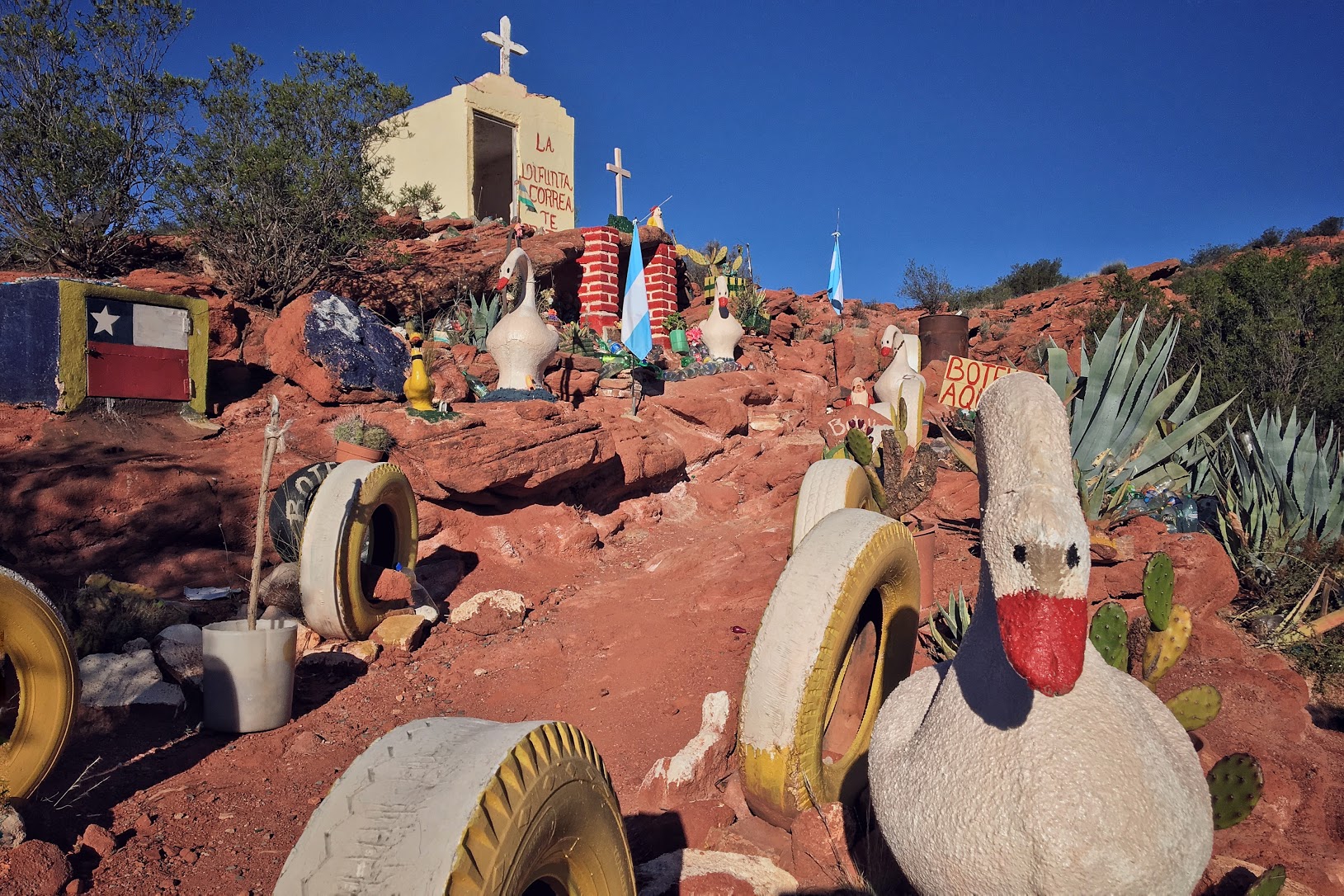
There are many avenues to be explored on the topic of faith and iconic figures. Baby saints and Black Virgin Marys. All stories I keep in my notes. Today, I focus on the two with whom we have crossed paths most often along these first 5000 km; Gauchito Antonio Gil, and Difunta Correa. While dearly loved and revered, they aren’t official saints at all; they are more of folklore heroes.
Our affinity for these saints is for practical reasons. For example, in the first days of this hike we took shelter from the constant gales of Tierra del Fuego in a shrine built to the Gauchito, one among a hillside of such capillitas to various personages. In more recent miles, shrines to Difunta Correa have provided much needed water on long dry stretches.
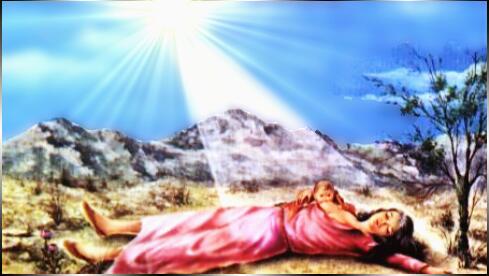 Difunta Correa- La Difunta, or Deolinda Correa, is another figure from northern Argentina. She and her family lived in the province of San Juan, where she and her husband, also a gaucho, had just had a son.
Difunta Correa- La Difunta, or Deolinda Correa, is another figure from northern Argentina. She and her family lived in the province of San Juan, where she and her husband, also a gaucho, had just had a son.
The cavalry came through and forced her husband, against his will, to join in the military conflict of 1840. As we have heard from several Argentines, “why would any man who has his land to work, his home, his wife, and his child, want to go fight a war for some distant government?”
In anguish, and to escape the harassment of a particular village official, Deolinda took up her young son and headed out across the pampas, tracking the horse prints of the men. She packed some small provisions and two flasks of water. When she had exhausted the supplies she lay down in the shade of an algarrobo tree and held her child to her chest. There she died of thirst, hunger, exhaustion and, some say, heartbreak.
The next day some passing arrieros saw the figure under the tree and approached. Though she had perished, the baby was still living as her breasts still gave milk. The arrieros took the child and gave Deolinda a proper burial.
As the story spread, people of the province began making pilgrimages to the site. Shrines and figures dot the roads of the north and travelers often stop and leave a bottle full of water. As one passerby explained, they believe that to leave Difunta water assures that they will never run dry.
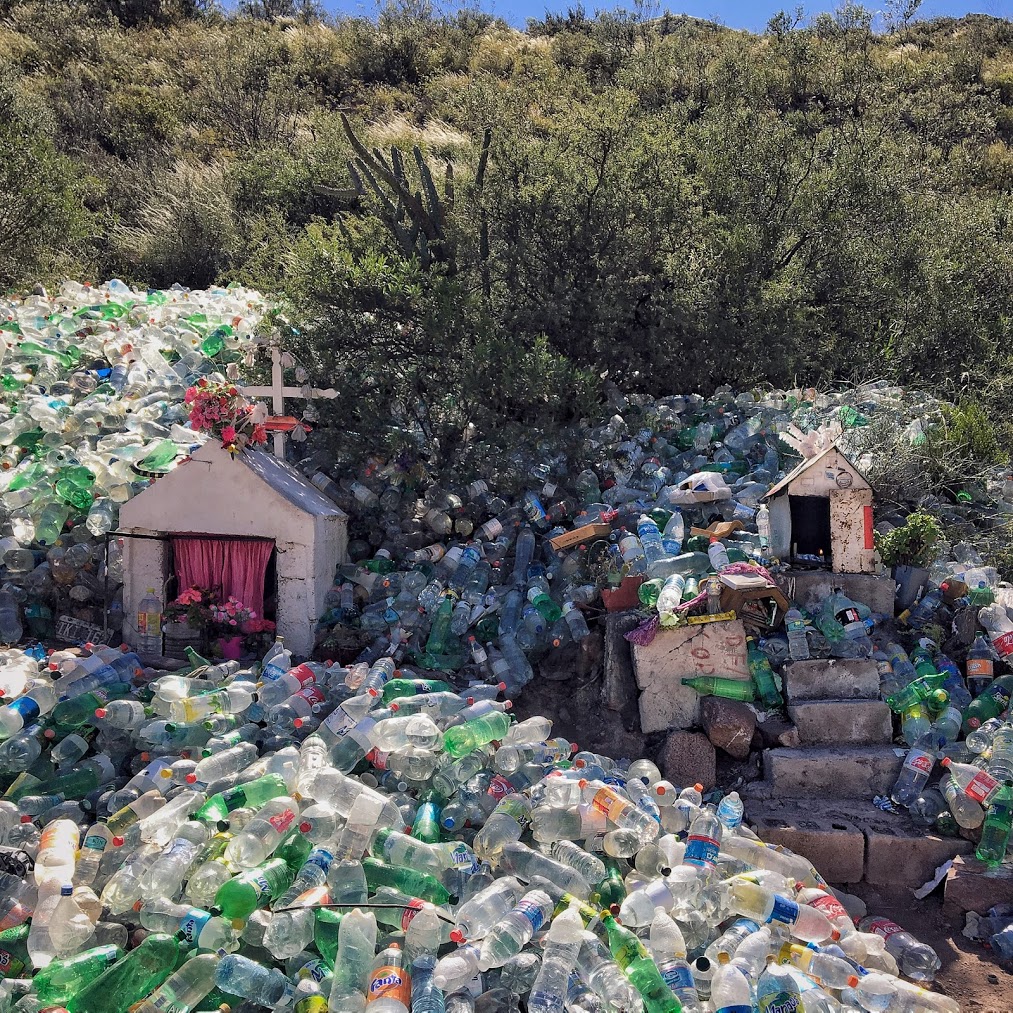
Gauchito Gil– was one of the first stories I learned and shared on this hike. In the ensuing year, he has been the most consistent character along the roads. Always marked by a fluttering of red flags and often a capillita. We often break in the shaded and trampled spots beside the shrines and figures of him.
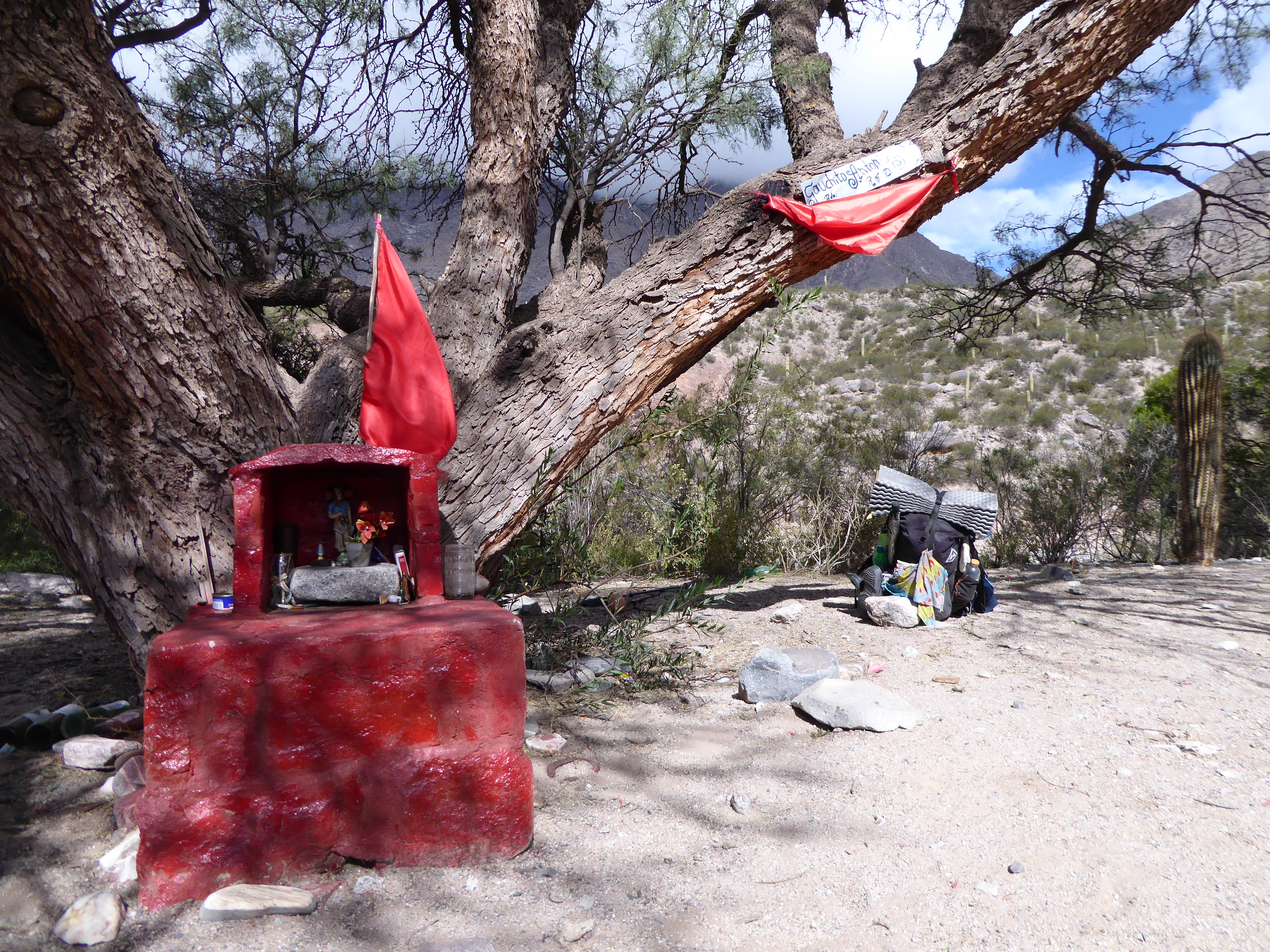
The legend of el guachito arose around the person of Antonio Mamerto Gil Núñez, from the village of Mercedes in the Province of Corrientes. He represented the experience of many gauchos in the 1800s, free roaming and de la tierra, who were being tracked down by the government, forced into the military and sent off to fight in the conflict between Argentina and Paraguay.
The story goes that he and Estrella Díaz de Miraflores, a local and widowed beauty, were in love. His being a rough wanderer, the romance did not sit well with her brother or the sheriff, who also happened to be in love with her. So they particularly made sure he was sent away to fight.
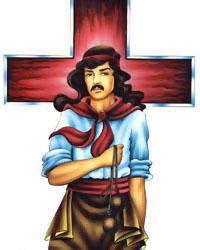 He returned from Paraguay, having missed his homeland and tired of fighting another man’s war. The authorities sought to engage him and fellow gauchos to fight in a civil war but the men did not want to spill the blood of their countrymen and so they absconded.
He returned from Paraguay, having missed his homeland and tired of fighting another man’s war. The authorities sought to engage him and fellow gauchos to fight in a civil war but the men did not want to spill the blood of their countrymen and so they absconded.
His desertion provided the grounds the jealous official needed to hunt him down. He was captured 8 kilometers from the town, and the soldiers decided to take justice into their own hands. To his executioner, Gauchito Gil warned that his son had fallen gravely ill and, it is said, with his final breaths, the doomed cowboy told the man that the only way to cure his ill boy would be to call on the name of Gauchito Gil himself and make right his wrong.
So, the folklore cowboy was slain and they left his body dumped unceremoniously on the pampa. Upon arriving home, the executioner found his son on the brink of death. So he returned and buried Gauchito Antonio Gil properly and begged his forgiveness. The boy was miraculously cured.
To this day, Gauchito Antonio Gil is the folklore saint of outlaws and travelers. A deal with the gauchito means making a request and promising a return. People often leave him cigarettes and boxes of wine. So far he has upheld his end of the bargain we struck down in Tierra del Fuego. I will be years in fulfilling mine.







Comments (7)
So fantastic! Thank you!
My pleasure. I enjoy reading your insights too!
Thank you for sharing all the stories during your trekking. Best of luck all the way.
Thank you, Maria! We need a lot of luck and good layers to keep us warm through the winter.
It’s always a pleasure to read your Store!!!!???
Gracias Rosalia! It is wonderful that you are a part of our journey. I hope Buenos Aires is having a wonderful winter.
Thanks for the explanations of the local saints. The pictures of the shrines tell the story.
We admire the way you can appreciate the local people’s faith and practices.
Cliff and Martha Rawley